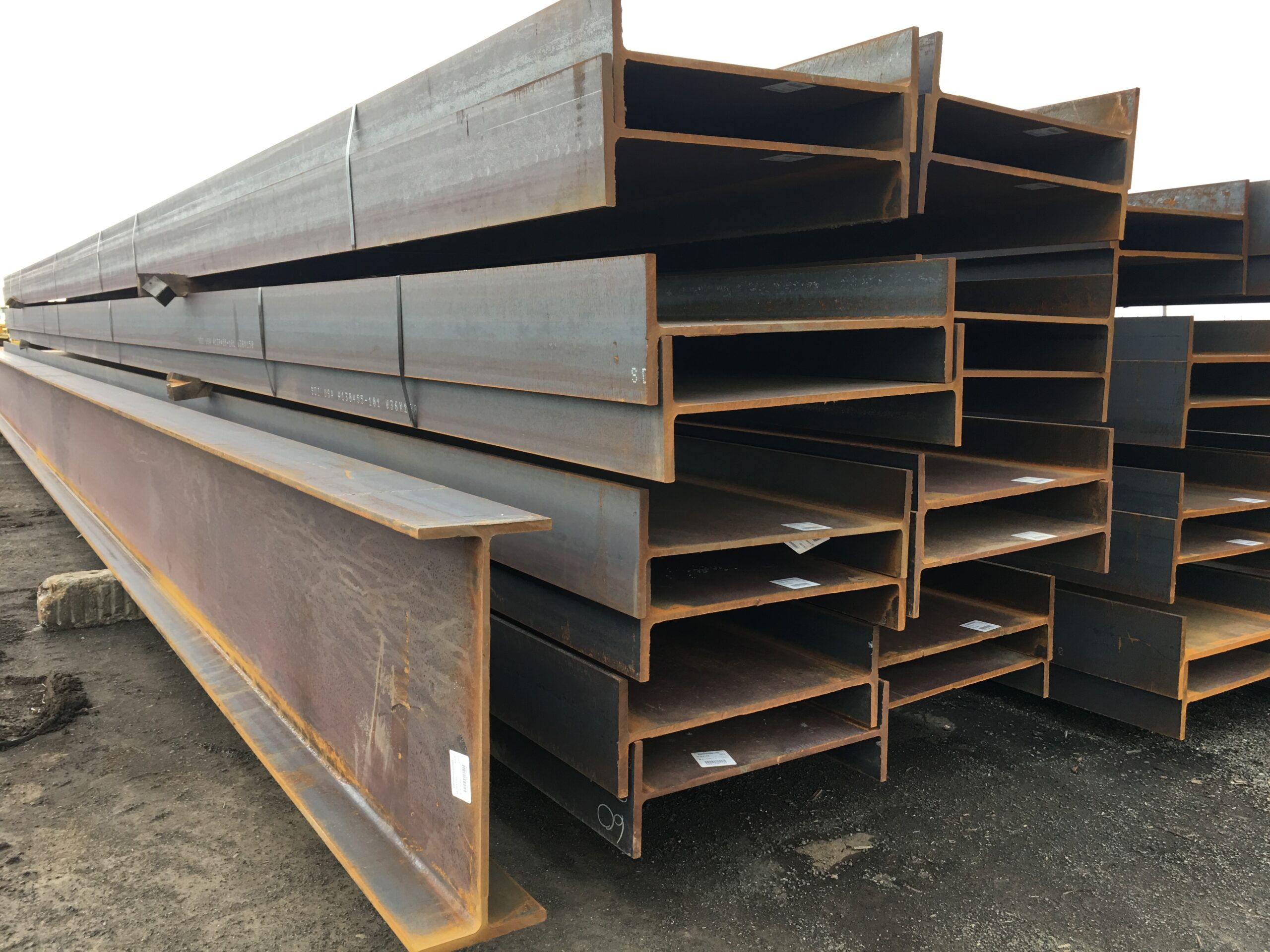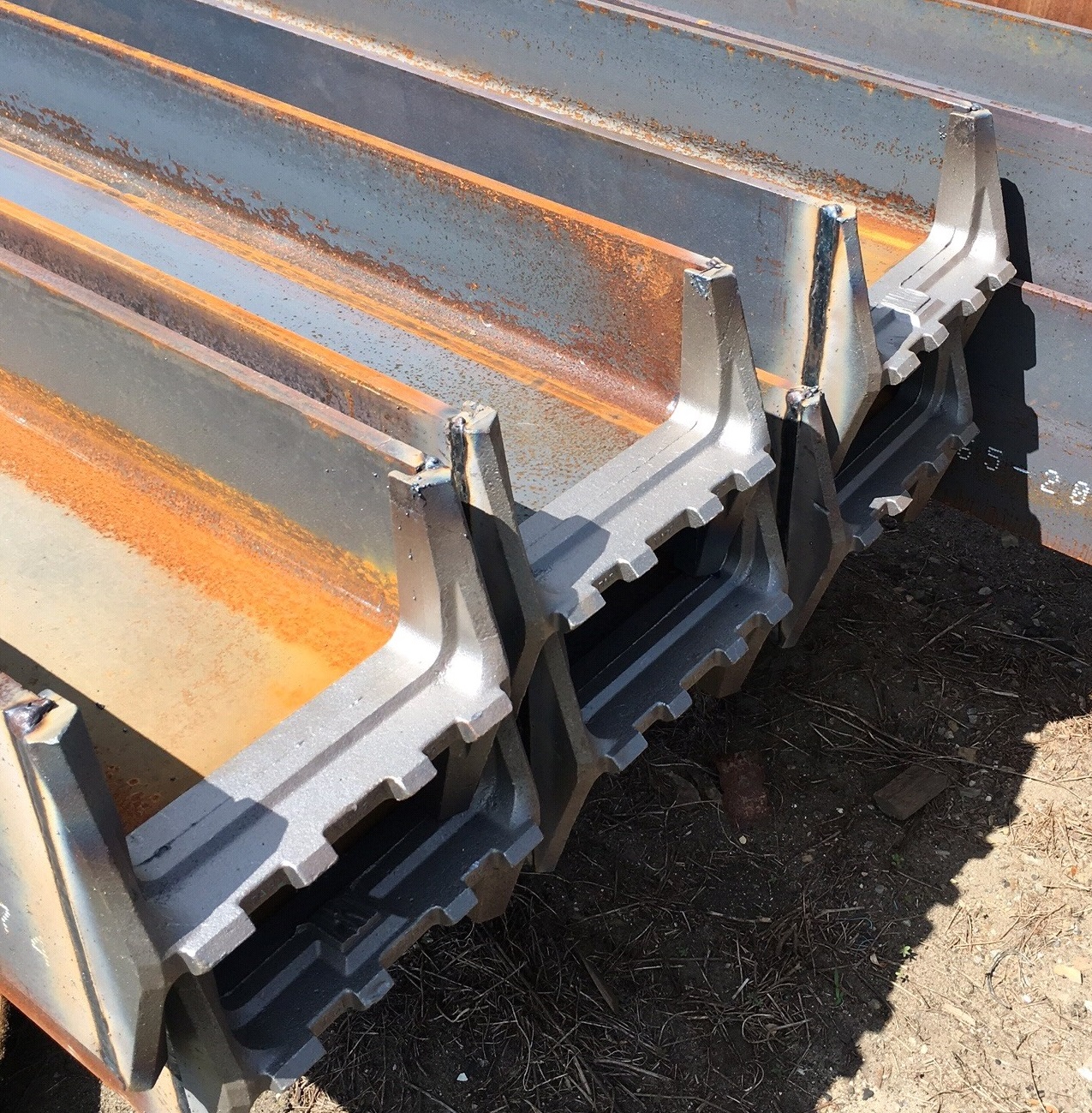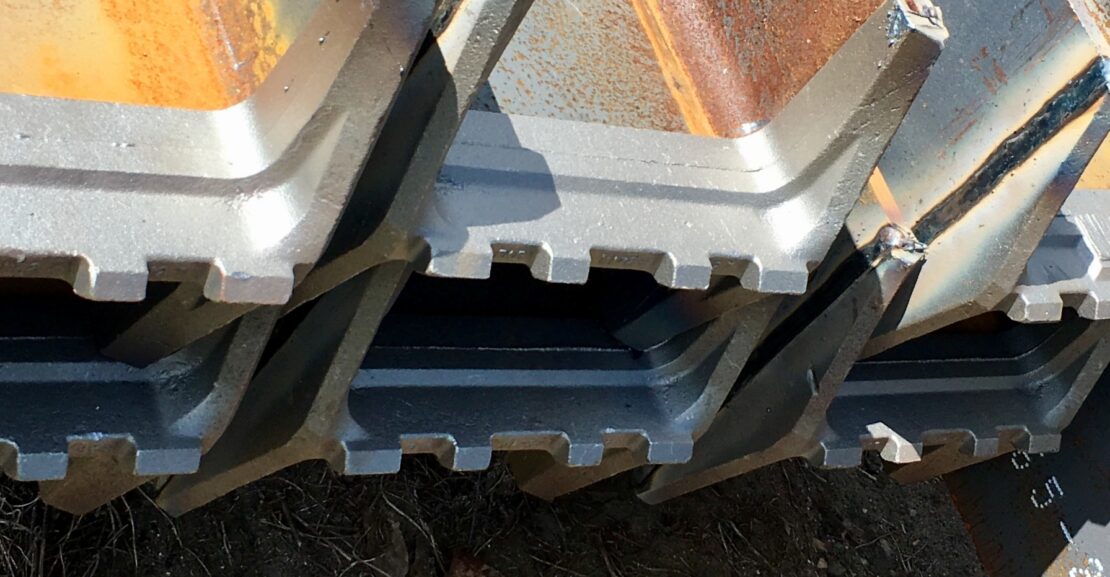Sure, here’s an article titled “Cast Iron Tip Protectors for Steel H-Piles: Soil Conditions and Benefits” with 10 relevant hashtags:

Steel H-piles are commonly used in deep foundation construction projects, providing support and stability to structures. To enhance the longevity and performance of H-piles, cast iron tip protectors are often used. These tip protectors are designed to safeguard the pile’s tip from damage during installation and provide additional benefits in specific soil conditions. In this article, we’ll explore the benefits of using cast iron tip protectors for steel H-piles in different soil conditions.
- Soft or Loose Soils: Soft or loose soils, such as clay, silt, or sandy soils, can present challenges during pile installation. Cast iron tip protectors help distribute the impact and pressure on the pile’s tip, minimizing the risk of soil disturbance or pile damage.
- Cohesive Soils: Cohesive soils, including clay and silty clay, have a tendency to stick to the pile during installation. Tip protectors act as a shield, preventing soil adhesion to the pile’s tip. This reduces the resistance during driving and ensures efficient penetration into the soil.
- Abrasive Soils: Soils with high levels of abrasiveness, such as gravels or rocky soils, can cause wear and damage to the pile’s tip during installation. Cast iron tip protectors provide a durable and robust barrier, protecting the pile from excessive wear and maintaining its structural integrity.
- Hardpan or Dense Soils: Hardpan or dense soils can be challenging to penetrate during pile installation. The use of tip protectors can help distribute the impact force evenly and prevent local damage to the pile’s tip, allowing for easier and more efficient driving.
- Contaminated Soils: In cases where the soil is contaminated with chemicals, pollutants, or corrosive substances, cast iron tip protectors offer an additional layer of protection. They create a barrier between the soil and the pile’s tip, reducing the risk of corrosion or degradation of the steel pile.
- Rocky or Bouldery Soils: Rocky or bouldery soils pose a risk of pile tip damage or deflection during installation. Cast iron tip protectors act as a buffer, reducing the direct impact of rocks or boulders on the pile’s tip, thereby minimizing the risk of deformation or breakage.
- Seismic Zones: In seismic-prone areas, where ground movements can occur during earthquakes, cast iron tip protectors help ensure the integrity of the pile’s tip. They provide reinforcement and reduce the risk of pile displacement or failure during seismic events.
- Environmental Considerations: In environmentally sensitive areas, tip protectors can prevent soil disturbance and minimize the potential for erosion or sediment runoff during pile installation.
- Longevity and Maintenance: By protecting the pile’s tip from damage, cast iron tip protectors contribute to the overall longevity and durability of the foundation system. This can result in reduced maintenance costs and extended service life.
- Enhanced Load Bearing Capacity: In certain soil conditions, the use of cast iron tip protectors can improve the load-bearing capacity of the piles by minimizing soil displacement and improving pile-soil interaction.

In conclusion, cast iron tip protectors offer several benefits for steel H-piles, particularly in specific soil conditions. They protect the pile’s tip from damage during installation, reduce soil disturbance, enhance load-bearing capacity, increase pile longevity, and provide additional protection in challenging soil conditions. Consulting with a geotechnical engineer or pile specialist is advisable to determine the suitability and benefits of cast iron tip protectors for specific soil conditions and project requirements.
